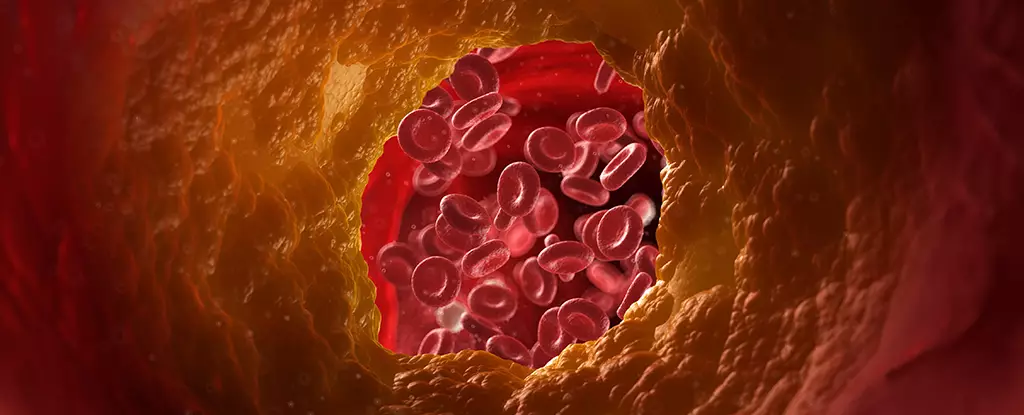Cardiovascular disease remains one of the leading causes of morbidity and mortality worldwide, with atherosclerosis acting as a significant contributing factor. This condition involves the accumulation of plaques comprised of fats, cholesterol, and cellular debris within the arteries, leading to their hardening and narrowing. For many years, health professionals have sought effective methods to minimize these dangerous buildups and subsequently reduce the risk of heart attacks and strokes. A recent breakthrough from a collaborative team of researchers at Michigan State University and Stanford University has revealed a novel approach that utilizes carbon nanoparticles to target and eliminate arterial plaques, offering new hope in the fight against cardiovascular diseases.
Atherosclerosis arises from various factors, including poor diet, sedentary lifestyles, and genetic predispositions, resulting in obstructed blood flow and increased strain on the heart. As plaque accumulates over time, it leads to a cascade of inflammatory responses that further exacerbate the condition. This chronic state of inflammation is detrimental, as it can ultimately precipitate severe cardiovascular events, including sudden heart attacks. It is critical to adopt preventive measures to combat this growing public health crisis, which is why the development of new therapeutic strategies is essential.
The innovative technique introduced by the research team employs carbon nanoparticles, which are significantly smaller than a human hair, to deliver targeted therapy directly into the affected arterial sites. These nanoparticles are engineered to be loaded with specific drugs that engage immune cells in a process aptly termed efferocytosis. This mechanism allows the immune system to clear out the dead or dying cells that form the bulk of arterial plaques. Previous studies demonstrated the efficacy of this approach in animal models, including mice; however, the recent focus has shifted to larger beings, notably pigs, in order to simulate human-like conditions.
Utilizing positron-emission tomography (PET) imaging, researchers were able to observe real-time changes within the arteries of the treated pigs. Their findings were promising: a substantial reduction in plaque formation was achieved without any observable collateral damage to the surrounding healthy tissues. This precision is critical, as indiscriminate targeting of healthy cells can result in significant side effects, including anemia and other complications.
One of the most significant advantages of this novel approach is its precision. Unlike traditional methods that may harm healthy cells, the carefully calibrated delivery of therapeutic nanoparticles minimizes potential adverse events. Biomedical engineer Bryan Smith noted that “we saw none of the side effects that would have been anticipated had the therapy not been precisely targeted.” This suggests that the technique not only works efficiently but does so while maintaining patient safety—a crucial aspect when considering future human applications.
The application of these findings provides a glimmer of hope in addressing atherosclerosis in humans, with the research team now looking to adapt their method for clinical trials. Scaling up the production of these nanoparticles further strengthens the case for their use in therapeutic contexts and could lead to the development of widely accessible treatment options in the not-too-distant future.
As we pave the way for new interventions in cardiovascular health, it is vital to integrate lifestyle changes concurrently. While the development of targeted therapies promises to be groundbreaking, adopting a balanced diet and engaging in regular physical activity lays the foundational groundwork for effective disease prevention. Elevated cholesterol levels and sedentary habits remain prevalent risk factors that must be addressed alongside any medical advancements.
The combination of novel therapeutic strategies and lifestyle modifications could redefine how we tackle the pervasive threat of atherosclerosis. The research into carbon nanoparticles presents a hopeful avenue towards treating and managing cardiovascular diseases, representing a significant step forward in medical science. Ongoing investigations and subsequent clinical trials will determine not only the efficacy of this approach but its viability as a standard treatment. Lastly, as this research progresses, the ultimate goal remains clear: to reduce the burden of cardiovascular disease and promptly address one of the significant causes of mortality worldwide.


Leave a Reply